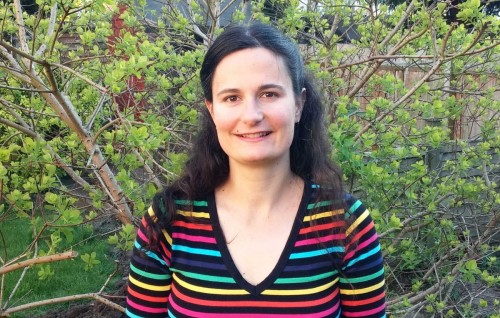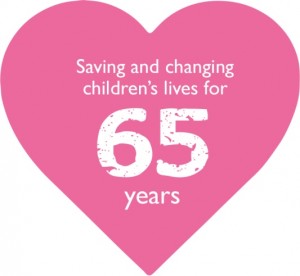Archived
Please note, this page may contain outdated information or subject matter.
Dr Emilie Sauvage, who’s dedicated to helping babies with complex congenital heart disease, explains why the prestigious Research Training Fellowship she has been awarded from Action Medical Research is a real honour.

What inspired you to investigate this particular area?
Children born with cyanotic defects (sometimes known as 'blue babies') cannot pump blood effectively to their lungs. This results in low oxygen levels in their blood and gives their skin, especially lips, fingers and toes, a blueish tinge, hence the term 'blue babies'. These babies usually need urgent, life-saving surgery to correct the heart abnormality. This is such an important operation for the newborn baby and better treatment can significantly improve their quality of life.
The surgery often involves adding a piece of tissue (a patch) to enlarge vessels that are too small to be compatible with life, to enable normal blood flow – and the baby’s survival. The aim of our project is to improve the design of the patch and reduce the risk of long-term complications.
In addition, the whole topic is a challenge that requires interdisciplinary expertise – something I am very much interested in.
What does Action funding for this study mean to you?
I feel very honoured to be awarded this fellowship by an organisation which has sponsored so much great science over several decades. For me, it presents an opportunity to improve personalised treatment of children with cyanotic defects by introducing cutting edge computer modelling tools. This fellowship also means a lot for my personal career as it will allow me to dedicate three years to the topic.
What does a typical day look like for you … or is every day different?
A typical day of research involves working with patient data and modelling patients' vascular structures and blood flow simulations. Besides these activities, I also spend an important amount of time reading about other studies, meeting and discussing ongoing collaboration with colleagues and sometimes supervising students.
Can you tell us a bit about your team?
My team in a nutshell is a dynamic group of engineers and clinicians tackling together various biomedical research challenges. We are based at Great Ormond Street Hospital for Children and UCL Institute of Cardiovascular Science. Our position makes my team a great place for the translation of ideas between different branches of science.
I have two clinical supervisors, Professor Andrew Taylor, a specialist in cardiovascular medical imaging and Professor Tain-Yen Hsia, a cardiothoracic surgeon. The head of my unit is Dr Silvia Schievano, an expert in numerical and experimental modelling of congenital heart diseases. Most importantly, the group is very international which makes it convivial.
Who’s your research hero, and why?
My research heroes are multiple. I very much appreciate the work and support of all government institutions, charities, associations and private donors who make today’s research possible.
As a charity, Action began in 1952 with our founder’s quest to find a cure for polio. What led you to a career in medical research?
Coming from an engineering background I first encountered the world of medical research during my PhD when I studied blood flow in lower limb bypasses. From one blood vessel to another, I started exploring other areas of the human cardiovascular system during the course of my research experience. I became totally fascinated by its beauty and complexity, and there is still so much to discover and learn!
Action’s loyal and lovable mascot Paddington Bear™ is very fond of marmalade sandwiches. What’s your favourite snack?
My favourite snack is chocolate, in all its forms. I could perfectly imagine sharing a cup of hot chocolate and marmalade sandwiches with Paddington sitting in a cafe.
Tell us something that will surprise us…
I’m a big fan of comic strips and I own more than 100 of them.

- World Heart Day is on 29 September 2017
- You can read more about Dr Sauvage’s study here
